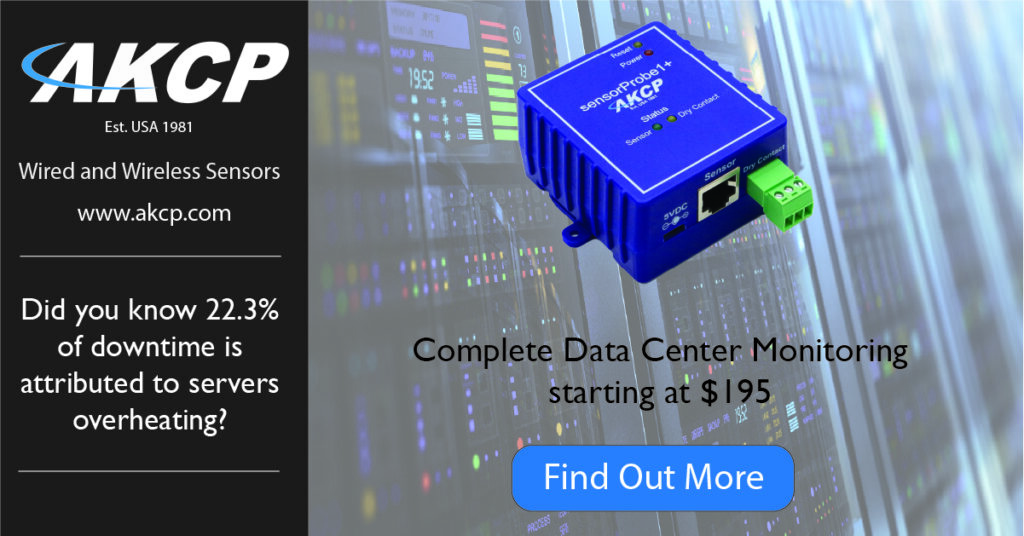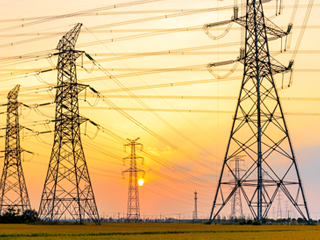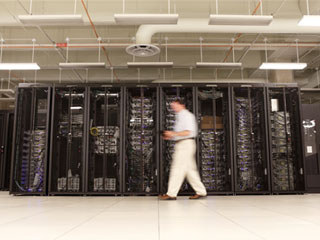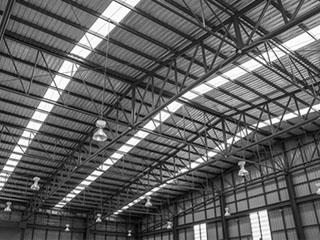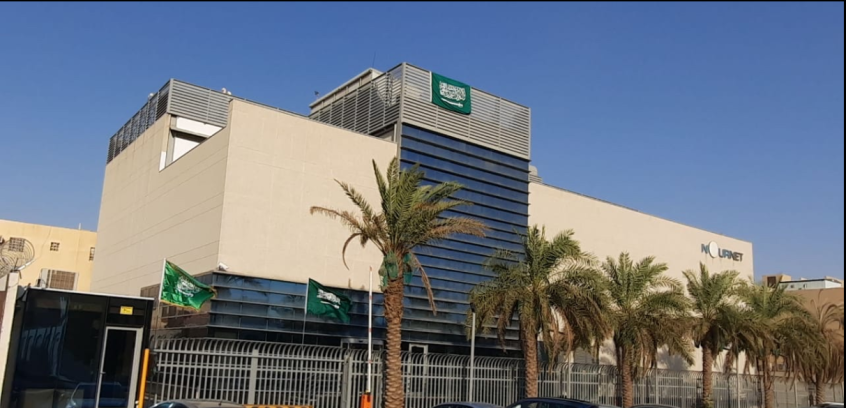The global discourse on climate change is omnipresent. The Data Center Industry has come under the spotlight for its carbon footprint. Around 1% of the total energy used in the world today goes to data centers. Mitigating humanity’s impact on the environment, and responding to extreme weather events like heat waves, droughts and floods are drivers for innovation and change. This article offers insights into the imperative role the a comprehensive monitoring system plays in optimizing data center efficiency, and environmental sustainability.
The Evolving IT Landscape:
In today’s digital age, the IT sector faces heightened scrutiny due to its substantial resource consumption. Our modern lives are intertwined with streaming services, online banking, mobility solutions, and productivity tools—all delivered through cloud-based services. Reverting to a time before these innovations is neither feasible nor desirable. Therefore, it becomes crucial to evaluate resource utilization within data centers as a starting point for optimization. This is where comprehensive monitoring plays a pivotal role.
Unveiling Data Center Resource Challenges:
Traditionally, the carbon footprint of data centers has been associated with electricity consumption to power servers and cooling systems. However, a growing concern is the water usage for cooling, particularly in regions grappling with drought conditions. It is increasingly evident that data centers demand significant water resources to maintain their operations. There are drought stricken communities that have pushed back against data center construction and expansions in their area because of this. Mesa City Council in Arizona is one such area, a $800 million USD data center construction was slated for construction. It would consume 1.25 million gallons of water a day just to keep the servers cool.
Efficient Cooling Solutions:
Emerging cooling initiatives are capturing the industry’s attention, particularly those transitioning from room-based cooling to rack-level cooling. Installing containment that eliminates the mixing of hot air exhaust with cold air output are demonstrating tangible reductions in power and water consumption.
Measuring for Improvement:
As Peter Drucker’s often-quoted adage goes, “you cannot improve what you do not measure.” This principle resonates strongly with data center professionals. A comprehensive monitoring system is essential for any modern data center, no matter its size. From the smallest server room, to the largest hyper scales, the importance of monitoring can not be overlooked. The installation of sensors to measure power consumption, water use, rack air intake and exhaust temperatures, monitoring the 4 ∆T’s all contribute to being able to measure the efficiency and quantify improvements you have made to your operations. Metrics such as Power Usage effectiveness (PUE) and Water Usage Effectiveness (WUE) can not be measured without monitoring.
 Comprehensive Monitoring for Data Center Efficiency:
Comprehensive Monitoring for Data Center Efficiency:
Comprehensive monitoring offers a unified platform that provides insights from IT Operations, Facilities, Physical Security, IoT digitalization projects, and more. Solutions such as those from AKCP monitor the environmental, power and security conditions of the data center. Thermal map sensors which check rack air inlet and exhaust temperatures at the top middle and bottom, calculate the ∆T, ensure that improvements and changes made to the data center do not violate maximum ASHRAE recommended air inlet temperatures of 28°C. Power meters calculate energy use on a rack by rack level, providing the IT loads for PUE calculations. Water flow meters check your water usage effectiveness.
Everyone knows that you can improve your data center efficiency, lower energy use by increasing the data center operational rack inlet temperatures. But the problem is, the closer you sail to the wind, the less margin for error you have. When trying to wring every last drop of efficiency out of your data center, it can only be achieved with comprehensive monitoring to ensure changes are effective, and safe. These monitoring tools allow your business to save time and resources, quickly identifying problem areas and fixing them promptly.
Data Centers as Ecosystems:
Data centers function as intricate ecosystems where every component, no matter how insignificant, plays a vital role. Monitoring not only ensures consistency in information but also acts as a vigilant sentinel, alerting us when deviations from the expected norm occur. It empowers us to make informed decisions that enhance efficiency and reduce the environmental impact of our operations.
Visualizing the Data Center:
With all this data being collected, it is easy to get overwhelmed. Avoiding alarm fatigue is essential. Having a software platform such as Data Center Infrastructure Management software (DCIM) like AKCPro Server, allows for analysis of data, visualization of alarms and the creation of a data center digital twin. Computational Fluid Dynamics (CFD) analysis with cutting edge technology such as sensorCFD™ get you into the details of the airflow around your data center, and enables simulations to be run before making changes in the real world.
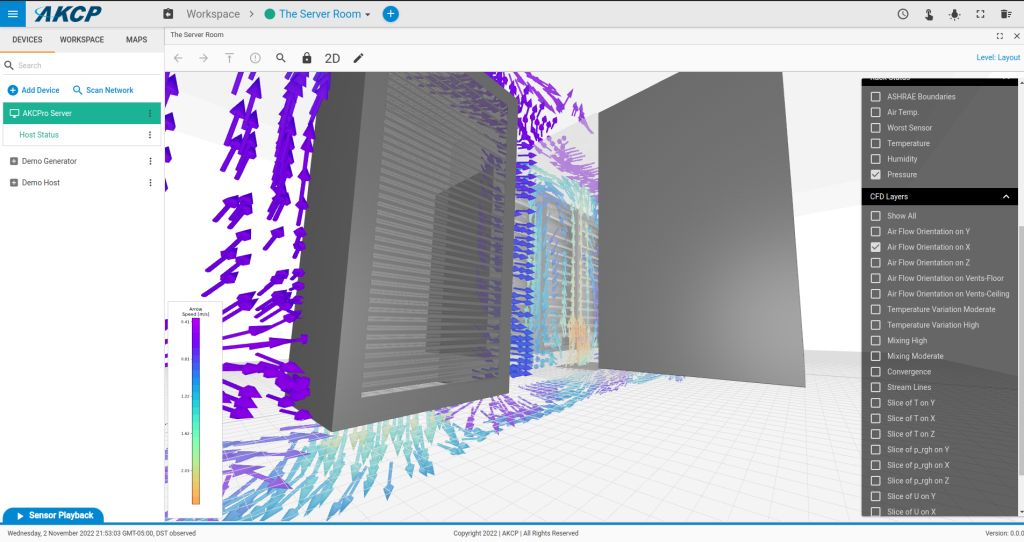
AKCPro Server with sensorCFD simulation results


